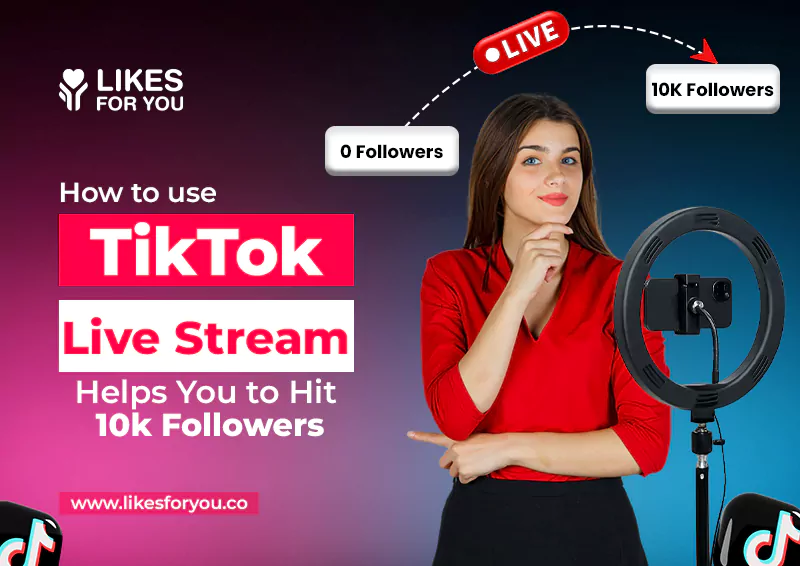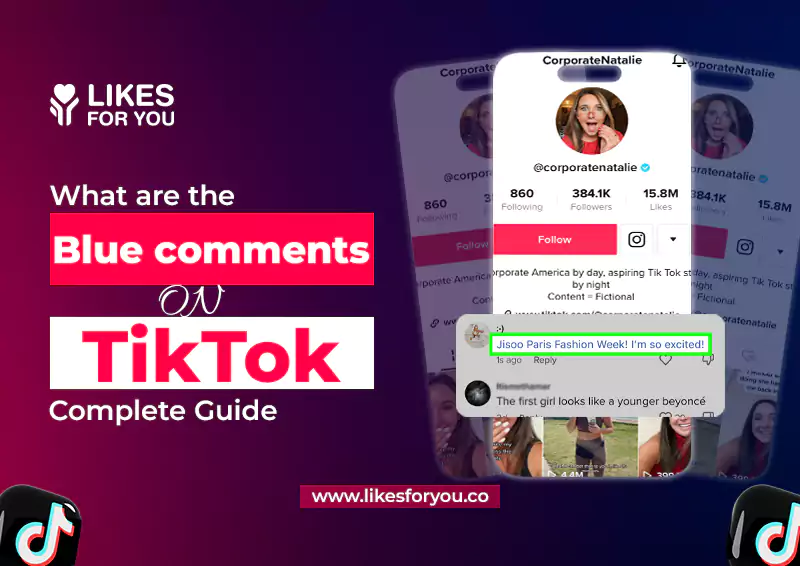
The rise of TikTok provides a glimpse into the future of online interaction and sets a new standard in the social media landscape through its short video format. It is paired with powerful algorithms that propagate the culture of creativity, immediacy, and community. Every trend set on TikTok goes viral in the end, profiling popular culture and changing consumer behavior. Through analyzing the TikTok trends, some valuable insights may be drawn about the evolving preferences of users and potential direction in social media platforms.

TikTok has become highly popular primarily due to its short video style. It is always between 15 seconds to 3 minutes, which has greatly affected how people create and consume content.
It has been observed that compared to the longer forms of content, the short form of videos has a greater chance of being engaging and shareable. These are pretty short in length and well-suited for easy consumption through the medium of mobile devices. Content creators often increase the reach of their videos by using TikTok trending hashtags.
The format of TikTok has encouraged creativity to cut through the noise and bring up content sure to capture the attention of people in such a short time. Creativity and experimentation have skyrocketed in value and entertainment to be stuffed into this short time frame.
It raises the problem of the decline of attention span because people most likely will get used to getting the information in a little chopped part rather than continuing to look for the full version. At the same time, short-form videos are also a gateway to other content as users become interested in the topic and then find further information.
Also, the algorithmic feed of TikTok is one of its prominent features personalizing the type of content that can be recommended for individual users. The algorithm is designed to find out content that users might like watching through their history of viewing, interactions, and much more.
Algorithmic feed is one of the most important factors in TikTok's success, and it aims to feed users with new content based on their interests. This increases user engagement and retention because a user is likely to stay on the app longer when they are constantly fed interesting and entertaining content.
This implies that, while the algorithmic feed has its advantages, there is also a high possibility of algorithmic bias. Such an algorithm may amplify certain types of content and exclude others, contrary to the principles of diversity and representation. It might have unfavorable implications for content creators and users too.
TikTok has become a platform for user-generated content (UGC), empowering individuals to create and share their own videos. This has been a major factor in the platform's success.
UGC has been the most precious in the development of TikTok. It encourages community engagement, including posting their own content creation on the platform, more engaging, shareable, and easy to grow with a new user attraction.
The app has opened up the space for many individuals to become content creators and gain followers. This fact has ensured that many are attracted to the application as they can now express their creativity, hence making money off of the content.
UGC has really changed the usual thinking about content development and influencer marketing. Obviously, pros are professional content creators, but democratization on the platform makes it harder to stand out. Something similar happened with influencer marketing; brands have started working more and more with micro-influencers and UGC.
TikTok has introduced a variety of interactive features that have helped to foster community engagement through viral and current TikTok trends.
The most popular features on TikTok have been duets, stitches, and challenges. These allow users to engage with and improve existing content as a way to further create new and interesting content.
Interactive features that help build a community can even aid in the spreading of viral trends on TikTok. The more it is easy for a person to participate and share content, the more it is likely to spread to followers on TikTok.
New interactive features are constantly experimented on through this platform, thus expecting even more innovative ways that connect users to each other.
The future of social media can be understood by following these points, and this is how you can grasp the importance of TikTok in social media.
Moreover, the phenomenon of personalized content is already being epitomized by the feeds on TikTok. And moving forward in the future, who knows? Maybe social media becoming popular will thrust forward into an even more significant personalization.
The future platforms will enable targeted content experiences depending on individual preferences, location, and real-time context. This will lead to more interesting and relevant content experiences for users.
More personalization may make social media appear in ways more relevant and enjoyable for users, but it also creates questions about data privacy and the possibility of advertising being too invasive.
It has been instrumental in the growth of a creator economy as more people look towards social media for entertainment and information. To monetize the work done by the content creators, TikTok trends right now are on the rise.
TikTok content creators can be monetized in different ways. Some examples of these mechanisms include brand partnerships, sales of merchandise, and donations. The means of making money will vary only with development.
The creator economy, however, is still far from perfect in many respects. Questions of fair compensation, intellectual property rights, and the regulation of platforms all require attention in order to foster a sustainable and equitable environment for the creators.
On the whole, the importance the creator economy is assuming is becoming a very big issue for traditional media industries, especially given the increased consumption of content on the most popular social media platforms.
The integration of augmented reality (AR) and virtual reality (VR) into social media platforms has the potential to revolutionize the way we interact with each other and consume content.
The AR and VR will also let people enjoy content in a fundamentally new way. For example, they will be able to listen to concerts online or visit virtual worlds together. It may also allow them to utilize this technology for new methods of social interaction, for example, organizing virtual meetups or cooperation within joint projects.
AR and VR offer new opportunities for advertising and marketing on the hottest social platforms. Brands can create immersive experiences that engage users and drive conversions.
Potential use cases for AR and VR in social media include gaming, education, and events. However, there are also challenges to overcome, such as technical limitations, cost, and user adoption.
As social media platforms become increasingly powerful and pervasive, it is essential to address the ethical considerations and challenges associated with their use.
The collection and use of user data raise privacy concerns. Platforms need to be transparent about their data practices and ensure that user data is protected.
As the spread of misinformation and disinformation on social media is also of concern to all, platforms ought to take measures to counter such wrong information and fact-check instead.
It requires responsible social media practices and regulatory norms to ensure appropriate use of such platforms. It is necessary to start working with users, governments, and platforms together to create a trustworthy, ethical, and safe online environment.
Trends on TikTok offer very productive insights into the future of social media, from the advance of short-form video content, personalized algorithms, and users themselves creating content. Interactive features drive engagement and viral trends on the platform, and integration with Augmented Reality and Virtual Reality unlocks newer paths for marketing. The influence of TikTok also underscores the increasingly growing world of the creator economy and the ethical considerations that are necessary within digital spheres.

Inez Nevaeh
Inez Nevaeh is an author with a passion for social media growth. She specializes in creating engaging content and expert guides for social media success. Skilled in translating complex algorithms into actionable strategies, building striking online presences, and empowering creators to thrive. Inspired by a mission to make social growth accessible and easy.

Forget everything you’ve heard about follower counts being a slow climb. TikTok doesn’t...

The active users of TikTok must be aware that some comments below videos appear in blue rather than...